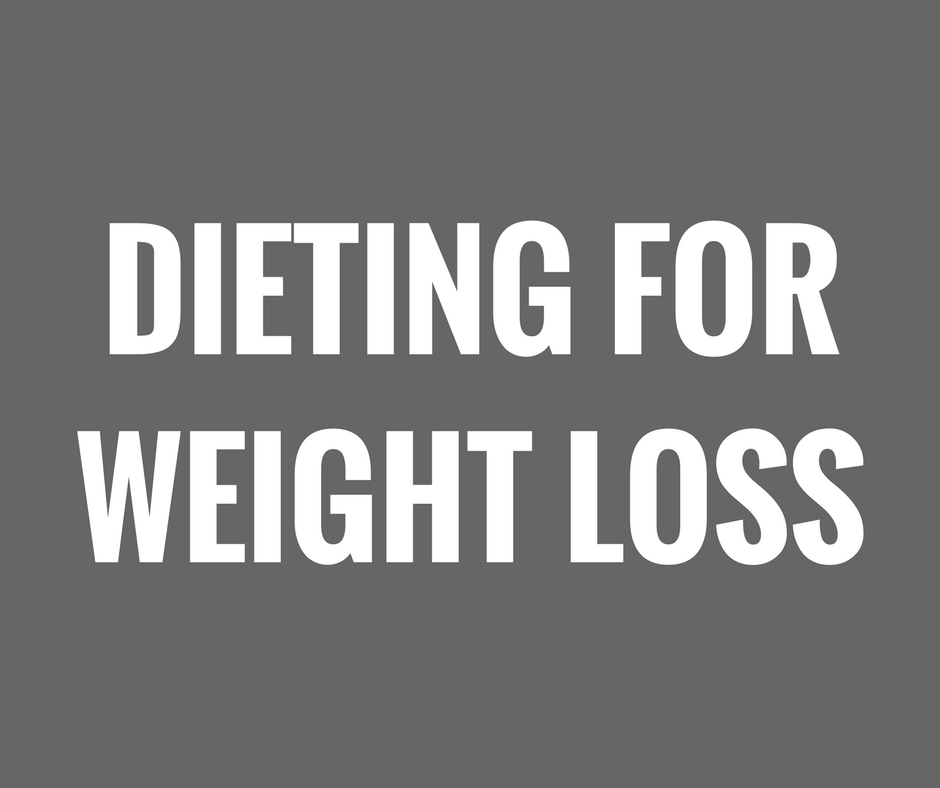Fast Food & Fat Loss; Can they go hand in hand?
Improving body composition, defined as the percentage of our body weight that is comprised of muscle versus fat, is a paramount goal for the clear majority of exercisers. Two primary interventions drive body composition improvement: 1. Strength training in order to increase lean muscle tissue; and 2. Nutrition intended to lose body fat (and support increased muscle tissue). With so much misinformation and wasted effort in our pursuit of improved body composition, I thought I would share a success story that illustrates an evidence-based, albeit unpopular approach to improving body composition.
The Most Up to Date, Evidence Based Advice on Nutrition for Adding Muscle and Losing Fat
A brand-new position stand was recently published by the International Society of Sports Nutrition (ISSN) titled: "ISSN Position Stand: Diets and Body Composition. The paper serves as a review of the current literature on how various diets and nutrition strategies impact body composition. The paper effectively cuts through the nutrition folklore that so many fitness enthusiasts are immersed in. Here are two of the major takeaways that we can take action on:
- Fat loss is achieved by creating a caloric deficit. The macronutrient (protein, fat, or carbohydrates) content of the food we eat is not the key for fat loss; how many calories we eat is the key. All different "diets" can result in improved body composition including Paleo, ketogenic, Atkins, Zone, Ornish, intermittent fasting and a host of other nutrition approaches. But make no mistake, the only reason these nutrition strategies result in weight loss is because calories have been reduced. Specifically, the authors are clear that reducing carbohydrate in our diet has never been shown to contribute to fat loss (when total calories are controlled). We need not be afraid of carbs; we should be afraid of an excess of calories.
- To maximize lean muscle tissue and body composition, the authors recommend increasing protein intake from the current RDA of 0.8 grams per kilogram of body weight to 1.6 grams per kilogram of bodyweight. However, there is no apparent muscle or strength building advantage to consuming more than 1.6 grams per kilogram of body weight. What does this look like for a normal person looking to maximize strength and body composition? If I weigh 160 pounds (72 kilograms), this means I would need 115 grams of protein per day to maximize muscle tissue and strength. This is about 0.7 grams of protein per pound of bodyweight. I don't need to consume this exact amount each day. Rather, I can aim for between 0.5 and 1.0 grams per day and average out around 0.7 grams per pound over the course of a week. For many people, this represents a significant increase in protein consumption. For others, this may actually encourage a reduction in protein intake. Many strength training enthusiasts have mistakenly touted more and more protein as the key to maximizing strength and muscle size but the research clearly does not support this.




Leave a Reply
Your email address will not be published.